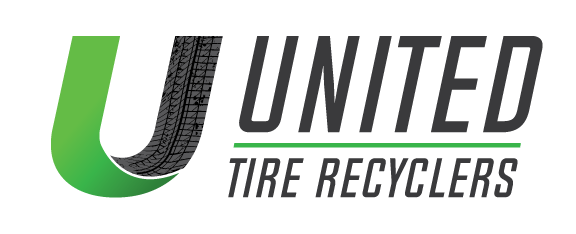Tire Pyrolysis
The pyrolysis method for recycling used tires is a technique which heats whole or shredded tires in a reactor vessel containing an oxygen-free atmosphere. In the reactor the rubber is softened after which the rubber polymers break down into smaller molecules. These smaller molecules eventually vaporize and exit from the reactor. These vapors can be burned directly to produce power or condensed into an oily type liquid, generally used as a fuel. Some molecules are too small to condense. They remain as a gas which can be burned as fuel. The minerals that were part of the tire, about 40% by weight, are removed as solid ashes. When performed properly, the tire pyrolysis process is a clean operation and produces little emissions or waste, however, concerns about air pollution due to incomplete combustion as is the case with tire fires have been documented.[19]
The properties of the gas, liquid, and solid output are determined by the type of feed-stock used and the process conditions. For instance whole tires contain fibers and steel. Shredded tires have most of the steel and sometimes most of the fiber removed. Processes can be either batch or continuous. The energy required to drive the decomposition of the rubber include using directly fired fuel (like a gas oven), electrical induction (like an electrically heated oven) or by microwaves (like a microwave oven). Sometimes a catalyst is used to accelerate the decomposition. The choice of feed-stock and process can affect the value of the finished products.
The historical issue of tire pyrolysis has been the solid mineral stream, which accounts for about 40% of the output. The steel can be removed from the solid stream with magnets for recycling. The remaining solid material, often referred to as “char“, has had little or no value other than possibly as a low grade carbon fuel. Char is the destroyed remains of the original carbon black used to reinforce and provide abrasion resistance to the tire. The solid stream also includes the minerals used in rubber manufacturing. This high volume component of tire pyrolysis is a major impediment, although this theme continues to be a source of innovation.
This article was taken from Wikipedia for your enjoyment. – https://en.wikipedia.org/wiki/Tire_recycling

Leave a Reply
Want to join the discussion?Feel free to contribute!